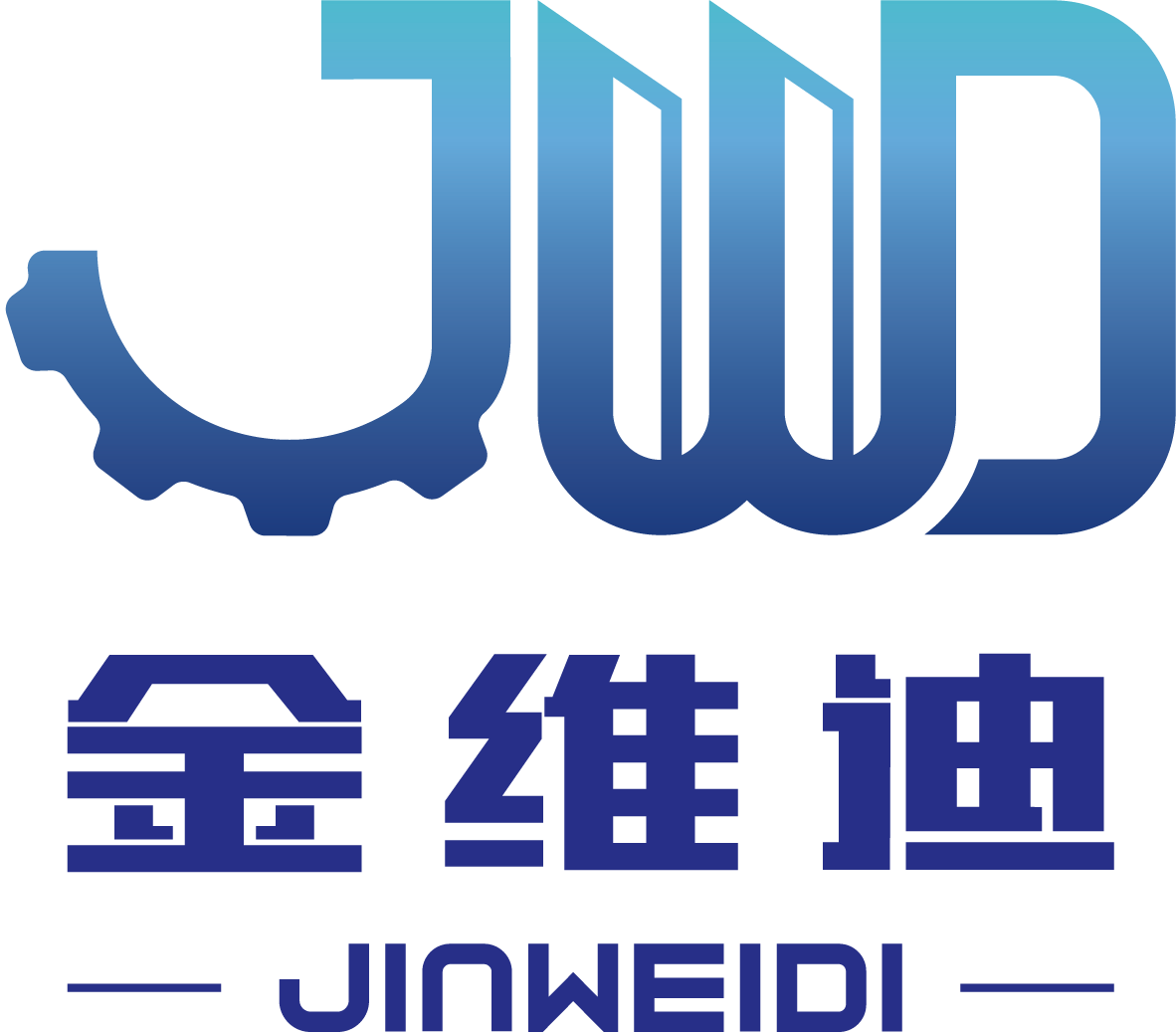Understanding the Benefits and Functionality of Double Headed Chamfering Machines
Double headed chamfering machines are specialized equipment designed to streamline the chamfering process, effectively producing beveled edges on various materials, primarily metals. This machine is particularly beneficial in the manufacturing sector, especially for companies involved in construction machinery, steel processing, and prestressing technology. By utilizing two cutting heads, these ma
Jun 04,2025
Double headed chamfering machines are specialized equipment designed to streamline the chamfering process, effectively producing beveled edges on various materials, primarily metals. This machine is particularly beneficial in the manufacturing sector, especially for companies involved in construction machinery, steel processing, and prestressing technology. By utilizing two cutting heads, these machines significantly enhance productivity and maintain high levels of precision, making them an indispensable tool for modern manufacturing operations.
The primary function of a double headed chamfering machine is to create accurate beveled edges on workpieces. This is crucial in several applications, including preparing materials for welding, improving aesthetics, and reducing stress concentrations in machined parts. The machine operates by employing two simultaneously working cutting heads, which allows for faster processing times compared to single head alternatives. This dual-action not only maximizes efficiency but also ensures consistent quality across multiple pieces, which is vital in high-volume production environments.
In addition to efficiency, double headed chamfering machines offer versatility in terms of the types of materials they can process. They are capable of handling various sizes and thicknesses of steel, aluminum, and other metals, making them suitable for a wide range of applications in the engineering and construction sectors. Furthermore, modern machines are often equipped with adjustable settings, allowing operators to customize the chamfer angle and depth according to the specific requirements of their projects.
Another significant advantage of using double headed chamfering machines is their ability to reduce human error. Automation in the chamfering process minimizes the risk of inconsistencies that can occur with manual techniques. Consequently, this leads to higher quality outputs and decreases the likelihood of requiring rework, ultimately saving time and resources.
Maintenance of double headed chamfering machines is also relatively straightforward. Regular checks and routine servicing can ensure that the machine operates at optimal efficiency and prolongs its lifespan. Operators should be trained in proper handling and maintenance protocols to maximize the machine's performance and reduce downtime.
In summary, double headed chamfering machines represent a crucial advancement in the manufacturing and processing of metals, particularly in the construction industry. Their ability to enhance productivity, ensure precision, and provide versatility makes them a valuable investment for any company focused on improving their operational efficiency in steel and prestressing applications. Embracing this technology can lead to significant improvements in workflow and product quality, placing companies at the forefront of competitive manufacturing.
The primary function of a double headed chamfering machine is to create accurate beveled edges on workpieces. This is crucial in several applications, including preparing materials for welding, improving aesthetics, and reducing stress concentrations in machined parts. The machine operates by employing two simultaneously working cutting heads, which allows for faster processing times compared to single head alternatives. This dual-action not only maximizes efficiency but also ensures consistent quality across multiple pieces, which is vital in high-volume production environments.
In addition to efficiency, double headed chamfering machines offer versatility in terms of the types of materials they can process. They are capable of handling various sizes and thicknesses of steel, aluminum, and other metals, making them suitable for a wide range of applications in the engineering and construction sectors. Furthermore, modern machines are often equipped with adjustable settings, allowing operators to customize the chamfer angle and depth according to the specific requirements of their projects.
Another significant advantage of using double headed chamfering machines is their ability to reduce human error. Automation in the chamfering process minimizes the risk of inconsistencies that can occur with manual techniques. Consequently, this leads to higher quality outputs and decreases the likelihood of requiring rework, ultimately saving time and resources.
Maintenance of double headed chamfering machines is also relatively straightforward. Regular checks and routine servicing can ensure that the machine operates at optimal efficiency and prolongs its lifespan. Operators should be trained in proper handling and maintenance protocols to maximize the machine's performance and reduce downtime.
In summary, double headed chamfering machines represent a crucial advancement in the manufacturing and processing of metals, particularly in the construction industry. Their ability to enhance productivity, ensure precision, and provide versatility makes them a valuable investment for any company focused on improving their operational efficiency in steel and prestressing applications. Embracing this technology can lead to significant improvements in workflow and product quality, placing companies at the forefront of competitive manufacturing.
Related Posts
Contact Us
E-mail:
jwd_machinery@sina.com
Phone/WhatsApp:
+86 18515871688
Address:
North side of 7th Road, Taocheng North Industrial Park, Hengshui City, Hebei Province, China




